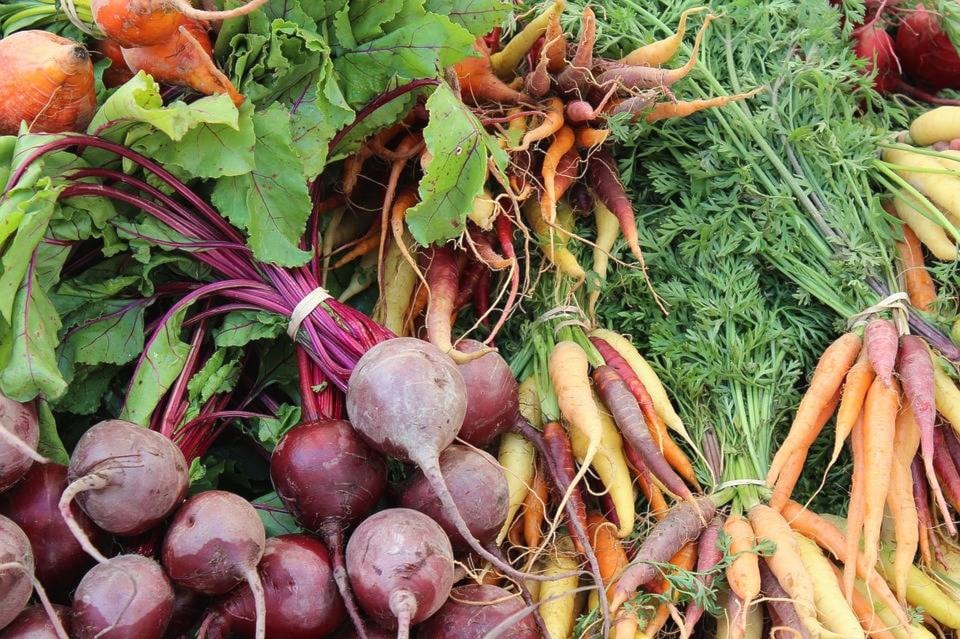Jo Phillips | Contributed
Summertime is the best time to discover locally grown food.
Often it seems a bit more expensive to buy produce from a farmers market or farm stand, but is it really? Consider:
1. Local food does not require resources to be transported around (less fossil fuels, less emissions, less used tires at the landfill).
2. Direct from grower to consumer means less packaging and encouragement for customers to bring their own produce bags or return bottles or egg cartons for re-filling.
3. Local farmers are more likely to be stewards of the land by using regenerative practices (building up soils using compost, seaweed, manure, etc.) instead of applying chemical fertilizers that destroy valuable soil organisms needed to make plants – and those who eat them – healthy and resistant to diseases.
4. Local farmers work hard and should be supported.
5. When we buy locally grown or made food our money stays in the community. Local food producers frequent local businesses and employ local people.
6. The produce at a farmers’ market or farm stand has been picked just hours before coming to market. The abundance of nutrition in fresh foods is one of the best reasons for eating them, but vegetables and fruits start losing vitamins the moment they are plucked. Plus, fruits that come from afar are often picked before they fully ripen to extend their “shelf life.” Many nutrients, like vitamin C, don’t develop until fruits are fully ripe.
7. Many commercially grown produce comes from plant varieties bred to keep well in long transport/warehouse conditions and look picture perfect, but often sacrifice nutrition and taste. We’ve all tried a local carrot or strawberry and found it to be a taste treat compared to its bland mass-produced cousins. The world has lost more than 90 per cent of its heritage food seeds due to mass commercial farming; varieties that were adapted to local growing conditions for generations. Local farmers often save seeds and maintain biodiversity.
8. There is little food waste on small farms; unsalable vegetables are added to compost or fed to animals.
9. Large commercial agriculture usually grows monoculture crops. This encourages pests, requiring regular applications of pesticides which degrade the soil, seep into drinking and ocean water and kill bees and birds. Local farmers rarely need pesticides.
10. “Factory Farms” that house thousands of animals immobilized in cages or stalls with the sole purpose of producing eggs, milk or meat are so unnaturally jammed-in that they require continual use of medications and disinfectants to keep disease away. They produce large lagoons of waste containing these chemicals that are too concentrated and contaminated to be of use as fertilizer (manure) and have become one more what-to-do-with-this-waste concern. Most animals raised locally are outside scratching or munching. Some even have names. All that natural living keeps them healthy and the food they produce more nutritious.
These are some of the hidden “costs” of food that is not locally grown that are not reflected in their “cheaper” prices.
Buying local helps create a community that is thriving and resilient and one that reduces and reuses its waste.
•••
Jo Phillips writes for Zero Waste Sooke.
editor@sookenewsmirror.com
Like us on Facebook and follow us on Twitter
